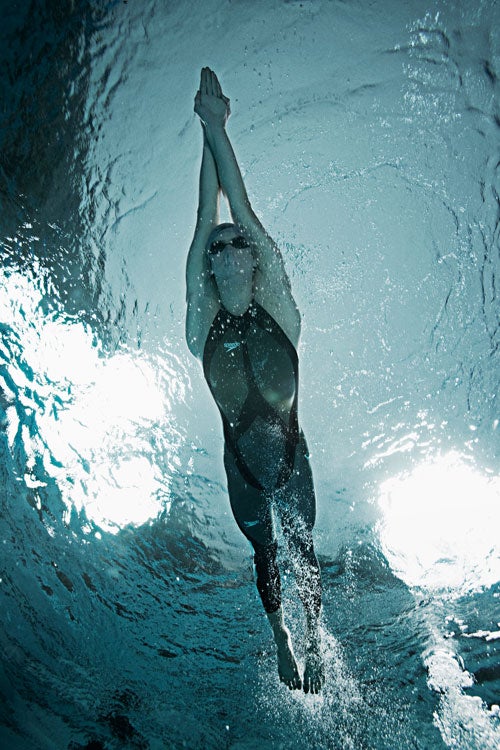Can a Swimsuit Be Too Good?
Officials muddle over their options for fairness as records begin falling due to a single high-tech suit

Even we didn’t guess it would be this good. When I wrote last month about Speedo’s latest swimsuit—an extremely high-tech full-body wonder—three world records had already been broken by LZR-clad swimmers. Coincidence? Maybe. But, after eight more records fell in the past month, the suit is causing some serious waves.
Officials from the International Swimming Federation (FINA, the sport’s governing body), want to speak with Speedo next week. With the Olympics looming you can expect the terms ‘unfair advantage’ and ‘performance enhancing’ to show up on the agenda. Nevertheless, this argument is nothing new and with each iteration of suits, records have fallen. Everyone in the sport knows today’s top performances can’t be compared to those from decades ago, a point Speedo VP Stuart Isaac conceded in our conversation last month.
“Yes, the swimmers today have advantages that let them go faster than swimmers ten years ago,” said Isaac. “However, that’s the nature of sport, whether it’s tennis rackets or golf clubs or new running shoes or the composition of running tracks. I wouldn’t say it cheapens it, but yes, they have an advantage over those in the past. All the people now have access to the same technology, so the best swimmer is still winning.”
Ah, but therein lies the rub. Every athlete doesn’t have access to this technology. When it comes to the Olympics, some countries have contractual obligations to other manufacturers. In many sports, say basketball and badminton, this is a moot point—a pair of shoes won’t make any real difference. But increasingly it’s clear that for swimming, a suit has a major impact on performance.
So what next? None of the logical options look good. The suit was approved by FINA and Speedo knows the rules too well to have broken one. If officials arbitrarily ban this suit, questions will be raised about where the line should be drawn. Letting each swimmer wear Speedo’s model would require an implied concession from other manufacturers that its suits are inferior. But the best option is also the least likely: Every swimmer ditches the full-body suits in favor of a fresh shave and those other famous speedos.